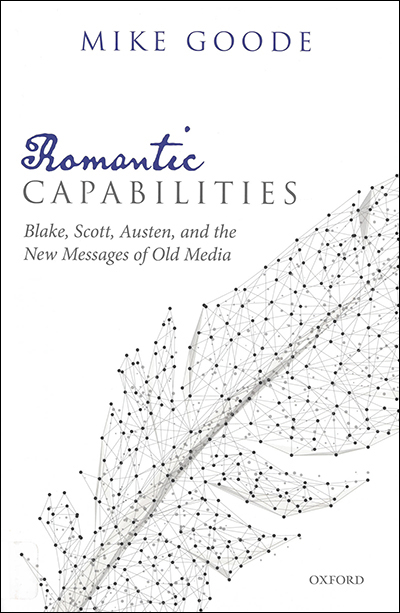Mike Goode, Romantic Capabilities: Blake, Scott, Austen, and the New Messages of Old Media
DOI:
https://doi.org/10.47761/biq.326Abstract
Mike Goode’s Romantic Capabilities: Blake, Scott, Austen, and the New Messages of Old Media is an engaging and sophisticated extension of “Blakespotting,” his 2006 PMLA article in which he argues for texts’ “latent meaningfulness,” a latency that reveals their “potential energies in other times and places” (“Blakespotting” 771). Romantic Capabilities further theorizes that core idea by bringing together insights from media studies with insights from literary studies to discuss a text’s “behavior” as it moves forward from its time and place of origin, interpreting its later behavior as a sign of its latent potentials at the time of composition. For this reason, Goode’s analysis of a literary work’s future behavior differs from a reception history: reception histories usually emphasize human agency, what people do with texts in their afterlives, while Goode emphasizes the agency of the text, which is why he frames his discussion in terms of the text’s latency or potential energies. In other words, inherent features of the text present at the time of composition influence, at least to an extent, how the text behaves in the future, outside of its original context. Romantic Capabilities does not reduce literary studies to media studies, or media studies to literary studies, but “seeks to open Romantic studies and media studies out to one another in order to generate insights of interest to both fields” (5). This opening out includes a resistance to defining media behavior only in terms of the text’s new medium, a resistance that takes the form of a commitment to close reading: “This book is committed to the idea that techniques of close-reading language and form matter to any discussion of how a text behaves and how much its behavior in a particular case has to do with what it says” (14).




